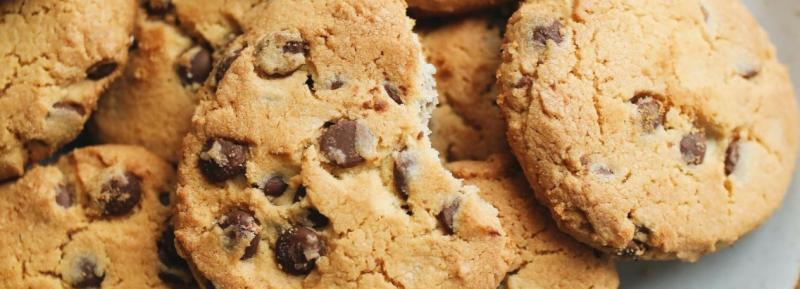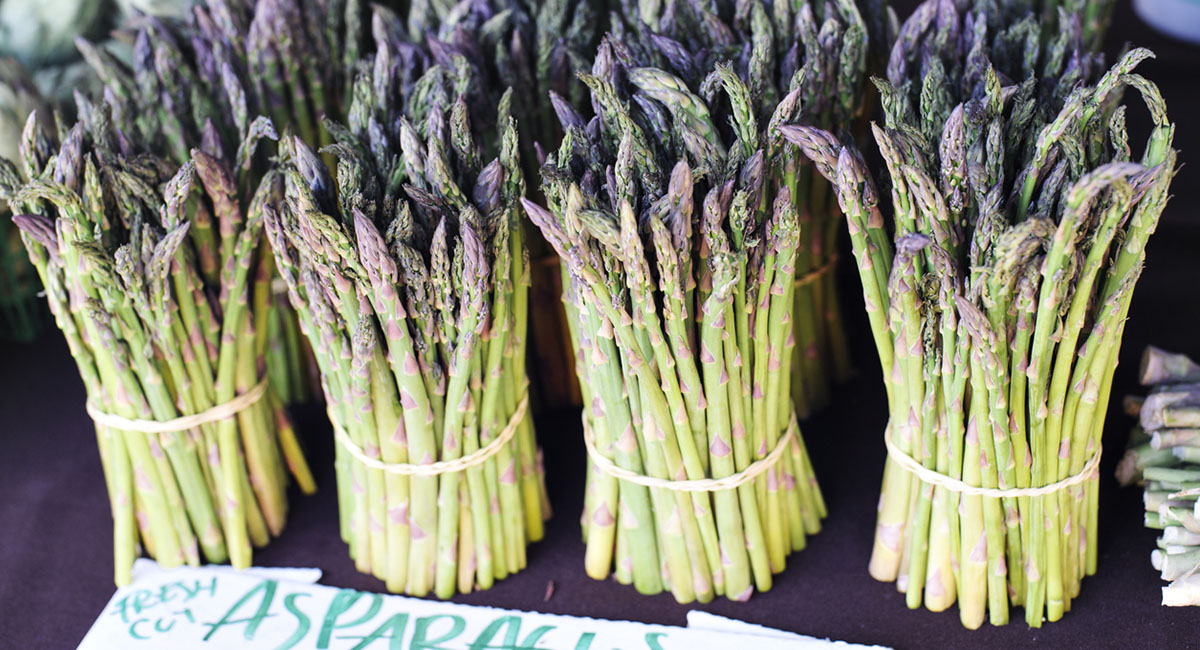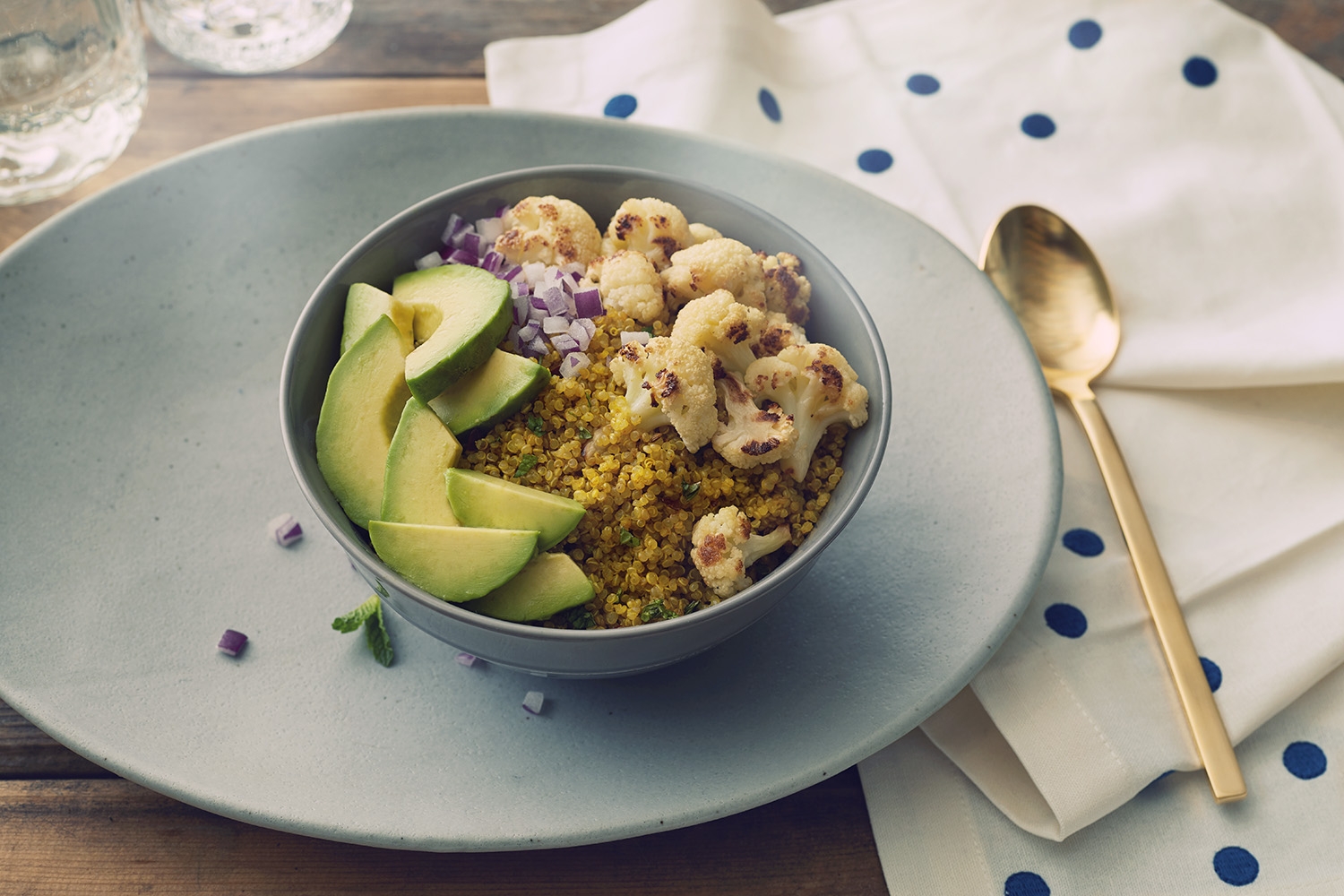
Sweet September
As the days grow shorter our desire for sweet, comforting foods increases. There is often guilt around eating these foods that contain what is referred to as ‘hidden sugars’, which is synonymous with added sugars.
You may or may not have heard of the term ‘hidden sugars’ before however, I want to demystify the concept that anything sweet is bad for us. This week we will look at easy steps to reduce your hidden sugar consumption, which will go a long way to improving your health, reducing inflammation, and having you feel better.
To start with, sugar in its natural state, when found in fruits and vegetables, is accompanied by vitamins, minerals, and fibers, meaning that the body must work hard to release these sugars. These sugars are then slowly absorbed by the body providing us with a steady source of energy.
In contrast, processed sugars are easily available to the body as energy, which tends to result in a sugar ‘high’ (when there is a lot of sugar being absorbed at once) followed by a ‘low’ (when some of the sugar has been used for energy, but most are stored as fat). After consuming the processed sugar people tend to feel a slump in their energy levels so, they reach for something sweet and the cycle begins again.
Hidden sugars are those that, as the name would suggest, are sneaked into many products with names such as ‘fruit flavours’ or ‘corn starch syrup’. They are often found in store-bought pastries, bread, dried meats and other processed foods. However, even certain ‘healthy’ products can contain them, so buyers beware!
We know that excessive consumption of hidden sugars can lead to dental cavities, type 2 diabetes, high blood pressure and cholesterol, as well as other inflammatory diseases. So, as a consumer there are a few important facts to know:
- 1 teaspoon of hidden sugar is equal to about 5 grams of sugar. The WHO recommends that you reduce our consumption of hidden sugars to six teaspoons a day, the equivalent of 30grams.
- On average, Canadian consumes 105 grams of hidden sugars per day (this also includes sugar that is added when cooking at home).
With this information, you can quickly see where the problem is coming from.
To help reduce your intake of these hidden sugars, you need to learn how to identify them and where to look for them. It is important to look not only at the nutritional information. Checking the ingredients is key, as this is where the sugars are hidden, with names such as high fructose corn syrup, maltodextrin, fruit flavouring, dextrose, stevia etc.
With this information in hand, you can then decide what products you want to buy and those that you can leave on the shelf. It is not a question of eliminating everything at once but focusing more on one or two items and reducing them bit by bit. Once you start to eliminate foods with hidden sugars, you will begin to feel the benefits (more energy, less achy etc), this will help you to keep reducing your intake.
Fruit is nature’s candy, so instead of eating store bought baked goods, look to fruits to satisfy your sweet cravings. Eating fruit is so much better because it contains all the fiber and vitamins vital for our health. But beware of drinking fruit juices, they are devoid of everything and full of hidden sugars!
Cooking at home, even if it is simple, is one of the best ways to avoid this overload of hidden sugars. Although, you may add some sugar or honey to cakes and cookies, it won’t be nearly as much as the manufacturers do! So make a start and try these oatmeal chocolate chip cookies, they are great for lunch boxes.
Send your nutrition questions to susan@susanalsembach.com










